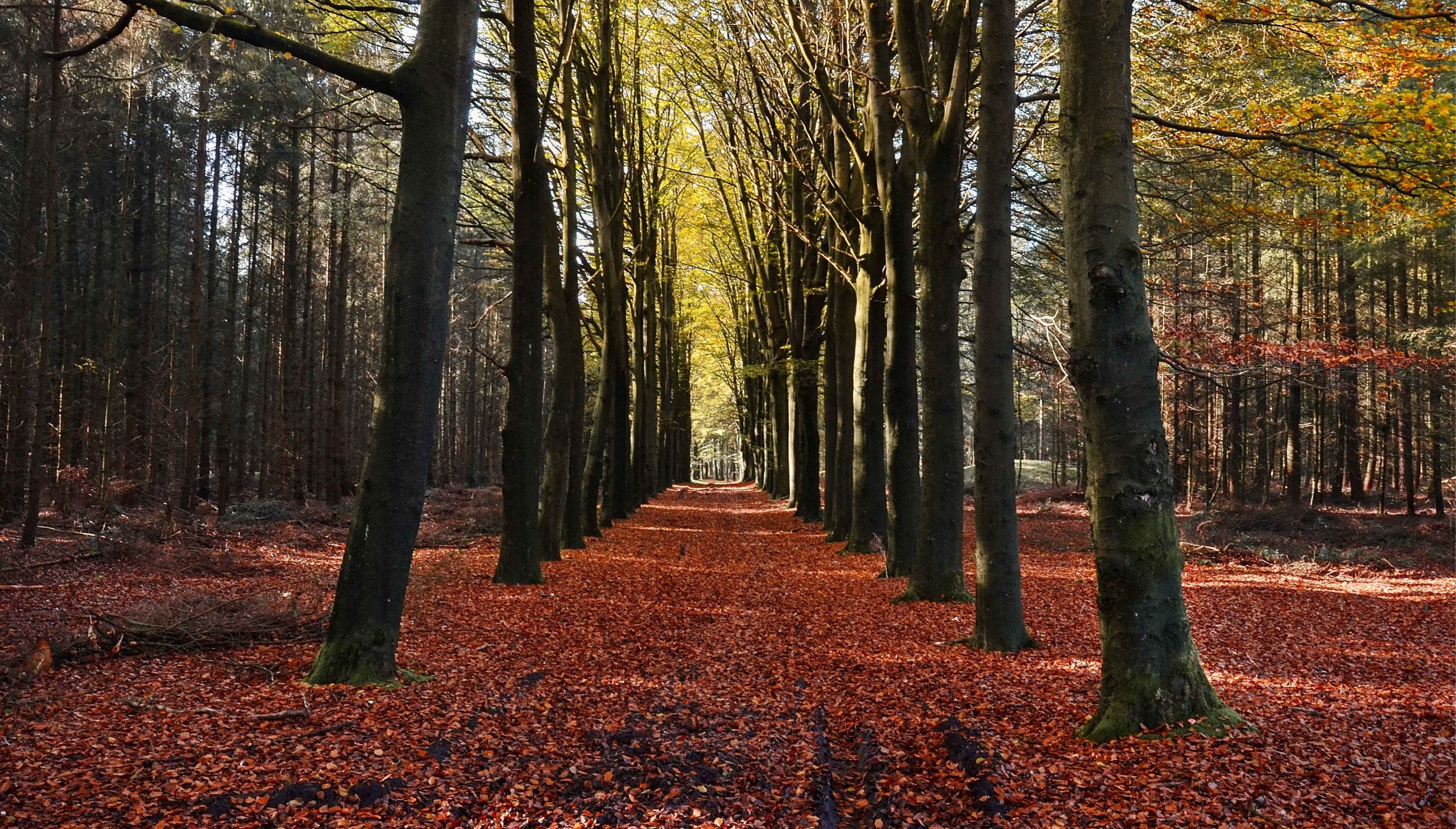
Come Autumn
Come late September or early October…the ruddy autumn sunlight would creep in through chinks in my bedroom window shutters and fall squarely on my pillow at day break. I would know in my semi wakefulness that the dew drops on the tips of the durba grass out in the garden sparkled like specks of diamond and the slender petals of the white spider lilies were moist and droopy—heavy with dew. The orange stemmed tiny white shiuli flowers lay in a starry carpet and the wooden steps leading from the balcony to the pebbled pathway circling the garden would be wet and slippery. As the thin film of early morning mist lifted in the Calcutta of the early 70s, the sky turned a striking shade of azure and the air—cool, fresh and fragrant.
Those were the halcyon days of childhood when the heart was easily fascinated—leaping in joy at the slightest hint of a different shade in nature’s palette or an erstwhile unheard note in birdsong. Durgapuja would be round the corner and school would close soon. And a few days later it would be Lakshmipuja; then Kalipuja with Deepavali (Diwali)—the festival of lights and the puja of goddess Kali in parts of eastern India. The month of Ramzan would also end around this time and Khushi or Meethi Eid would be celebrated as well. And finally there would be Bhaiphonta or Bhaidooj—the last day of feasting with brothers and cousins, wishing them well and in exchange, showered with love and gifts. The day also marked the closure of the autumn festival season in India. Thanksgiving or Halloween were yet to make the journey across the seas to reach Indian shores and we only read about them in our picture books. These golden memories of crisp October dawns are over four decades old. Those were the days when the festival season was synonymous to a revival of everything that the Indian heart held dear. It was and is still a period of intense soul searching—digging out age-old social customs, music and fashion traditions, and cultural roots and observing them to the last detail. Cleaning up the house, sweeping out all the dust gathered under the carpets and giving the curtains and sheets a good wash has been customary for Durgapuja and Diwali. Often leading up to a fresh coat of paint for the house. Religion happily gives way to an upsurge of a celebration of life, of cultural identity and spirit. It is heartening to see some young people still following those customs, making gujiyas, mathris and moong dal potlis at home for Diwali gifts this year.
A visit to Delhi’s Khan Market last weekend, with some last minute shopping thrown in allowed me to catch the Diwali spirit in full steam. The place wore a festive look with strings of bright fairy lights and Chinese lanterns hanging from the trees. Large crates of fresh fruits, drinks, sauces and other food products along with big decorative boxes of expensive chocolates, dry fruits and nuts were being packed, displayed and carried around. Since it was quite late by the time I finished with my chores – a starry sky hung low– and it would be a while before I reached home, I found myself a place to sit at good old Khan Chacha restaurant to help myself to a roll (which let me tell you is a meal by itself). With the live telecast of the Kabaddi World Cup final match between India and Iran (which India won finally), beautiful Sufi songs and hearty Punjabi folk scores in the background filling my heart with old fashioned cheer emanating from the simple joys of life, I looked around and found a wide cultural mix and age groups of people enjoying the festive bonhomie. Ladies in burqas, gentlemen in turbans, impeccably dressed young men and women from the north eastern hill states, the Bengali mashima turned out in gorgeous cotton tangail sari and the Punjabi kudi in a bright sequined dupatta and golden stilettos…I realised festivals, sports, food and music could be great equalisers.
Which brings us to the topic of the times…the Nobel for literature 2016 going to the iconic music maker and song writer Bob Dylan (Robert Zimmerman). My Bengali heart can never think of the Nobel without a thought to the first Indian Nobel laureate Rabindranath Tagore. I find a lot in common between Tagore and Dylan if you ask me…they have a ‘connect’. The love for folk music, the restless wandering spirit, the call of ruddy dusty country roads and the ‘divine madness’ – of Baul music and in the melancholic strains of the urban Blues – elements that send the soul on a lifelong path of search and discovery. Words often dominate the aesthetic experience in many of Tagore’s songs. He could never quite walk away from the poet in him, though he did also write several songs memorable mainly for their melodies. Words, and not just melodies, have played a major role in his songs. – The poetic wealth of his songs can never be surpassed. One almost hears echoes of one’s own heart in Tagore’s songs. Dylan’s poetic voice too, I feel, is worth delving deeper into. Talking of the celebration of life, coupled with the spirit of festivity and rejuvenation in the crisp autumn air, one likes to believe that perhaps the celebration of ‘the music in the cafes at night and revolution in the air’ will lead to the opening up of closeted minds. – ‘It’ll soon shake your windows and rattle your walls…For the times they are a-changin’!

